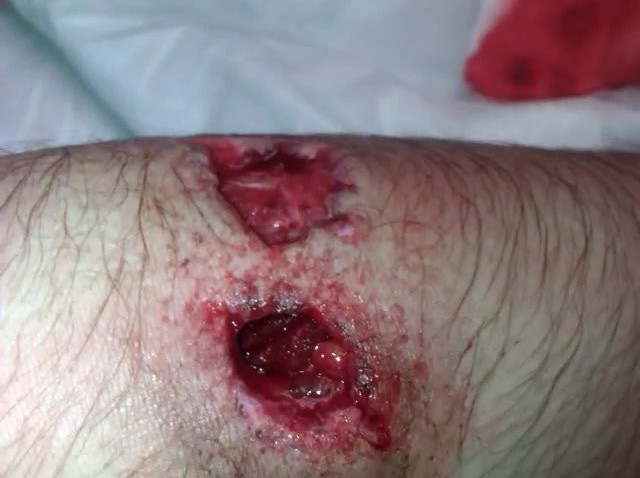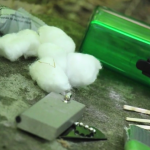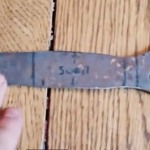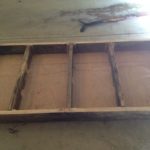What’s the Difference Between Hollow Point and Other Ammunition
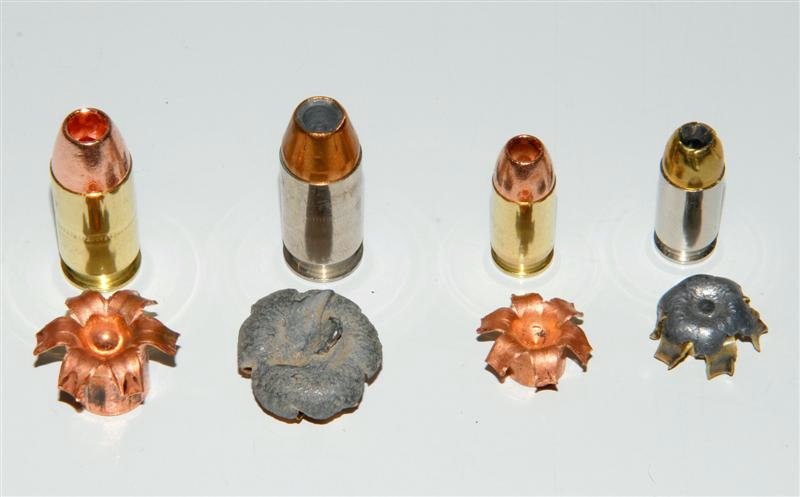
Not a lot of people understand the importance of using the right ammunition under different scenarios. Some bullets are ideal for target practice whereas others are designed to cause as much devastation as possible. The two most discussed types of ammunition are hollow point and rounded or flat-tipped bullets. Let’s look at some of the differences as well as advantages of using hollow point ammunition for self-defense.
Standard Bullets

Standard bullets generally have flat or rounded tips that are made of a soft metal. This is what is commonly-known as a full metal jacket. These types of bullets have a tendency to pierce through a target, leaving a clean entrance and exit wound. These bullets are thought to be more useful when trying to wound someone or for target practice.
The main reason that these bullets wound instead of immediately kill is because they do not always create a lot of internal damage. They can pierce through the body and major organs, but they do not usually disintegrate or fragment after impact. Therefore, someone could have a bullet go through their heart and still be able to function for upwards of 30 seconds before they bleed out.
Hollow Point
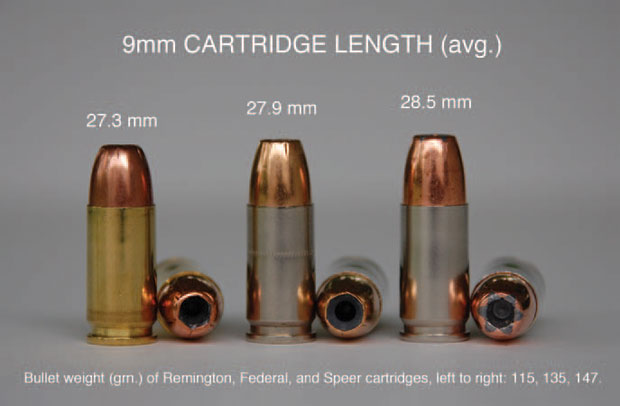
Hollow point bullets have a concave center that is usually lined with lead or similar material. There are also soft point bullets which fill a gap between full metal jacket and hollow point ammunition. Both hollow and soft point bullets are designed to expand upon impacting a target while fragmenting inside. These bullets are meant to stop and neutralize a target in as little as one shot.
Hollow and soft point bullets can produce enormous carnage inside of a target. Instead of passing straight through a target like their full metal jacket counterparts, they expand, fragment and shred. Soft point bullets are also known to bounce around inside of a target as well. One bullet can cause multiple injuries in different locations. This increases the chances of stopping a target dead in their tracks right away.
These types of bullets are also less likely to produce an exit wound. The bullet flattens and expands after impact. The best analogy do describe this is to think of what happens when you open up an umbrella. Then, the lead in the center of the bullet will disintegrate whereas pieces of the soft metal can produce shards and break free, all while the diameter of the bullet will expand significantly.
Keep in mind that soft point bullets produce fewer fragments than their hollow point counterparts. This is one reason that these bullets are excellent for hunting. Wounds tend to be far more devastating than with full metal jacket bullets, but the soft point bullets are easier to remove in most cases.
To Kill or Wound
Man With .40 Caliber Hollow point Gunshot Wound In His Arm (Graphic)
It’s important to think about when it is better to kill or wound a human or animal attacker. In close combat situations where you need to take decisive action to stop a threat, then killing is better. This is one of the reasons that police prefer hollow point ammunition as opposed to full metal jacket bullets. Most police-involved shootings occur at distances of 15 feet or less. This means there is little room for error in terms of neutralizing a threat. Hollow point ammunition is the de-facto choice for accomplishing this goal.
Shooting an imminent threat with a full metal jacket bullet can wound them, even fatally, but it may take some time before they are neutralized. This means that the target can still pose a threat long after being shot, even if they are shot multiple times.
However, in a combat situation or where there are a number of shooters involved, using a full metal jacket bullet can weaken their ability to attack. Why? Because wounding shooters can cause confusion, disarray and force healthy attackers to focus on taking care of the wounded. This can reduce the number of people who are shooting while helping to buy time to either develop a tactical advantage or overpower the attack.
Shooting to wound serves as a big deterrent in many situations as well. Someone who just got shot may decide to break off the attack and tend to their injuries. Wounding also allows people to be captured and dealt with accordingly based on the circumstances at hand.
Finally, since soft or hollow point ammunition is less likely to produce an exit wound, the chances of injuring innocent bystanders is minimized. Full metal jacket bullets are more likely to go through the target, and pose a threat to others nearby.
Make sure to consider the differences between these types of bullets as you develop your overall defensive strategies. It’s just as important to be equipped with the right ammunition so that you can use your gun as efficiently as possible, especially in situations where seconds can mean the difference between life or death.


